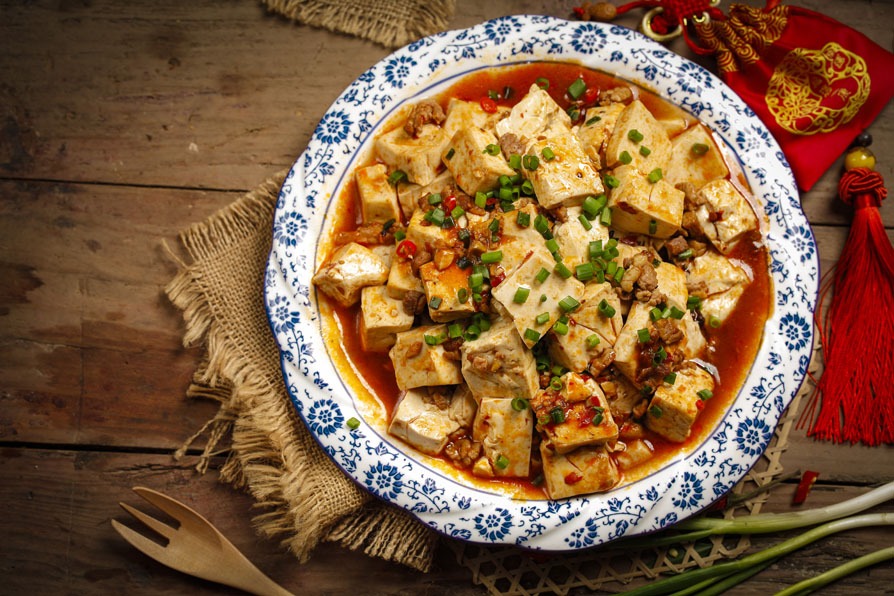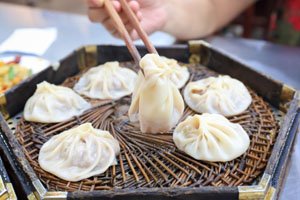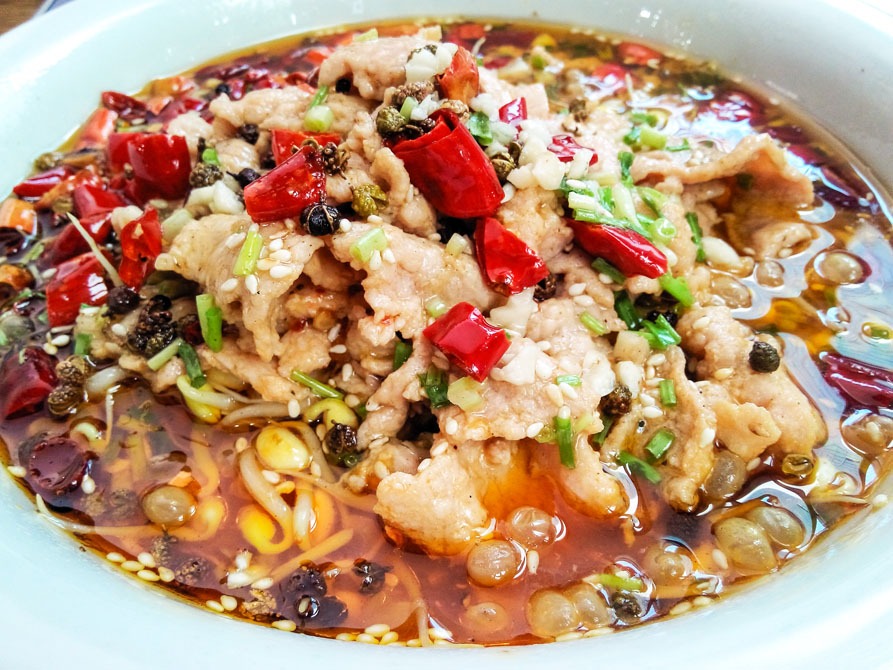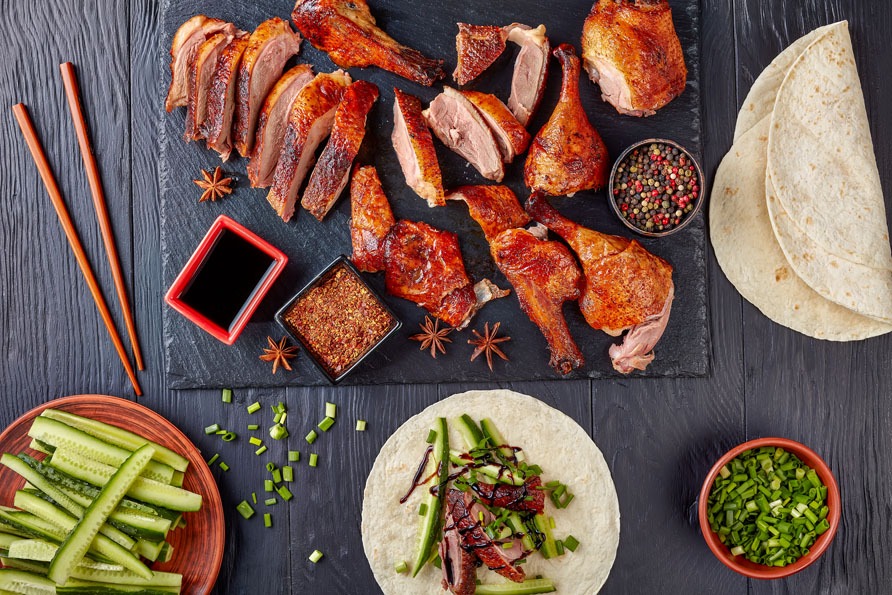At A Glance

HUAN YING!
The following information have been carefully selected for your reference. Some resources may have bias perspectives. Please approach the SMU Libraries (library@smu.edu.sg ) should you have any doubts or need clarifications.
These videos show the distinct cultures of China.
Local Culture
-
Living in ChinaChina has its history, language and dynamism. Find out the way of life, customs in China.
-
Overall Cultural Life in ChinaFind out more about the cultural life in China.
-
Religions and Beliefs in ChinaFind out more about the various religions in China.
-
Percentage of Religions in ChinaFind out the percentage of each religion in China.
-
Ethnic Groups in ChinaFind out more about the ethnic groups in China.
-
Percentage of Ethnic Groups in ChinaFind out the percentage of ethnic groups in China.
-
Spoken LanguagesThe Han people have their own spoken and written languages, namely Chinese. It is the most commonly used language in China, and one of the most commonly used languages in the world.
-
DelicaciesExplore the many flavours China has to offer.
-
Shanghai Events & FestivalsFind out interesting local festive celebrations and events throughout the calendar year in Shanghai.
-
China Cultural CharacteristicsLearn some China cultural characteristics.
-
China National CustomsAfter the establishment of new China, 56 different ethnic groups were identified and approved by the central government, of these the Han Chinese are identified as the largest. The ethnic minorities in China enjoy many unique characteristics such as Tibetans, Uyghurs, Hui people, Miao, Zhuang people and the Mongols.
Popular Sports
Basketball, Football (Soccer), Table Tennis, Badminton, Swimming, Wushu, Volleyball.
Discover some of the most authentic street food in Shanghai, such as the delicious Shanghainese specialties like fried dumplings and potstickers, Jian bing, scallion pancake and even tasted some Chinese traditional herbal soup
Learn more about the Chinese Arts and Crafts that has been carried on till this modern day.
Did you know Chinese culture is rich in customs, traditions, and superstitions? Watch the 8 Chinese Superstitions and Beliefs that you may not know.
One-Child Policy
-
What is the one-child policy?One-child policy, official program initiated in the late 1970s and early ’80s by the central government of China, the purpose of which was to limit the great majority of family units in the country to one child each.
-
Effects of China’s One-Child PolicyOne-Child Policy was enacted to address the growth rate of China’s population, which the government viewed as being too high. Here are some of the major consequences of the policy.
-
China’s Two-Child PolicyDue to China’s aging. By 2040, projections show that 24 percent of the population will be 65 or older. This threatens an economic boom that’s been built on a vast labor supply.Therefore, Two-Child policy is introduce in hope persuade more couples to have more children.
Did you know Chinese culture is rich in customs, traditions, and superstitions? Watch the 8 Chinese Superstitions and Beliefs that you may not know.
Delicacies

Mapo Tofu
Mapo Tofu is the masterpiece of Sichuan cuisine in China, which is particular about the flavors of spicy, numbing, sweet, crisp, tender, fresh, and lively. Numbing refers to the pepper sprinkled on the tofu prior to turning off the heat. Hot refers to the bean with a little chili oil used to cook the tofu, which is both spicy and fragrant.

Hotpot
The secret of whether a hotpot is good or not lies in the broth, in which all the meat slices and vegetables are cooked. Normally you get to choose your own broth flavor, such as mushroom, tomato, original, or spicy. There are hundreds of kinds: a classic one is peanut butter with smashed garlic and chopped onion dressed with sesame oil to choose to go with your meat

Sweet and Sour Pork
Sweet and Sour Pork (Tang Cu Gu Lu Rou, sometimes called Gu Lao Rou) is very popular among foreigners in Guangzhou Province, China. They enjoy eating Sweet and Sour Pork Chops as well but they are not used to remove the bones when eating. Thus, Guangdong chefs mix minced pork with starch to make meatballs which are later being deep-fried and covered with sweet and sour sauce. Sweet and Sour Pork is very welcomed by people in China and abroad.

Xiaolongbao
Xiaolongbao is one of the classic specialties in Shanghai, featuring a thin outer layer, rich stuffing and a fresh taste. Because of its small size, thin and translucent outer layer and special bamboo steamers, it is called “Xiaolongbao” (Small Steamed Stuffed Bun). Its outer layer is made of unfermented refined flour. Take a bite, and the juice comes out and tastes amazing. They go well with some ginger shreds, aromatic vinegar and a bowl of shredded scrambled egg soup.

Sichuan Pork
Sichuan Pork, actually, poached spicy slices of pork is a famous Sichuan cuisine dish. Rather than cooking pork by stir-frying or deep-frying, it is boiled in water with a coating made from egg-white and starch to preserve its freshness and tenderness. The meaty broth is typical Sichuan cuisine, featuring a peppery and spicy taste.

Peking Roast Duck
Peking Roast Duck is a world-renowned delicacy. Its main ingredient is a species of fine duck, the Peking Duck. The duck is roasted with fruitwood charcoal. With rosy skin and rich yet not greasy meat, it is known as the “first delicacy under the heavens.” There are two culinary schools to cooking Peking Duck that are represented by the hung-oven roasted duck of Quanjude and the closed-oven roasted duck of Bianyifang.
Guanxi
-
The Most Misunderstood Business Concept In ChinaGuanxi is about building a network of mutually beneficial relationships which can be used for personal and business purposes.
-
Guanxi, or the rule of man that overrules the rule of law in ChinaChinese value human relationship so much because of their belief that the “rule of man’’ is more important than the “rule of law’’, which can be subject to manipulation and interpretation.
What is guanxi, and how does it work? The video explains it with lovely hand drawings and discuss its origins and social implications.
100 Years Of Chinese Communist Party
We look back at the party’s history, from the 1920’s, to the Civil War, the Great Leap Forward, the Great Famine, the Cultural Revolution and the reforms by Mao Zedong and Deng Xiaoping. Did the Great Famine cost more than 15 million lives? How does the Cultural Revolution continue to shape Chinese politics today? What was capitalism like after Mao’s death? Through rare and never-before-seen historical footage, expert interviews and eyewitness accounts of the Great Famine, Tiananmen incident and the Cultural Revolution, get to know how one party has so profoundly shaped China.

